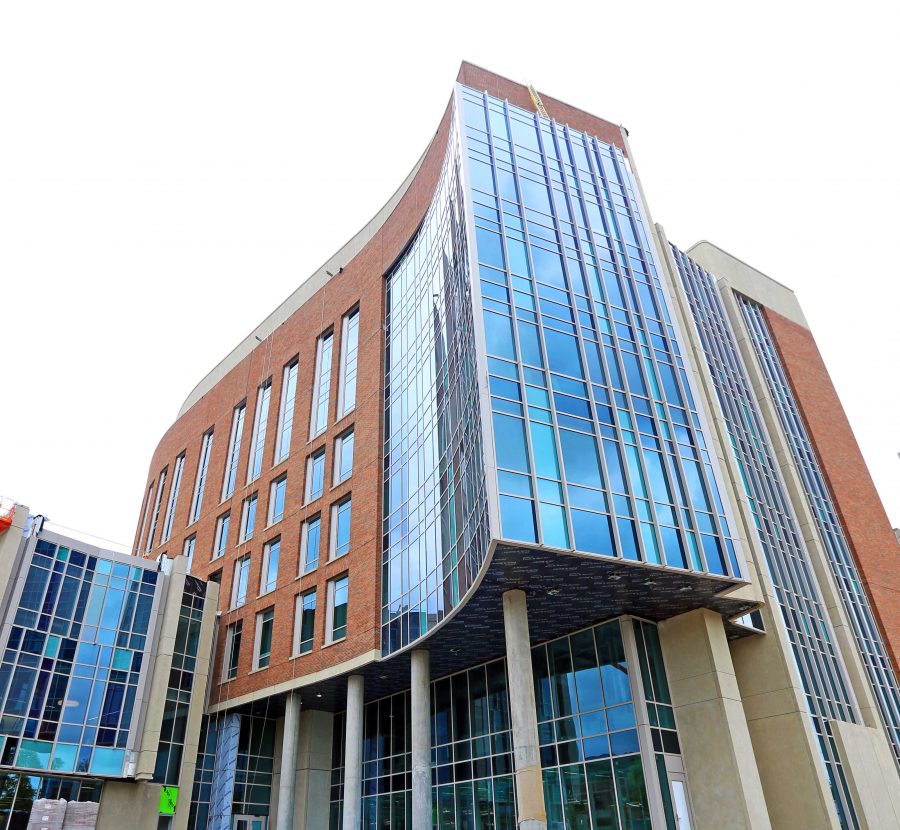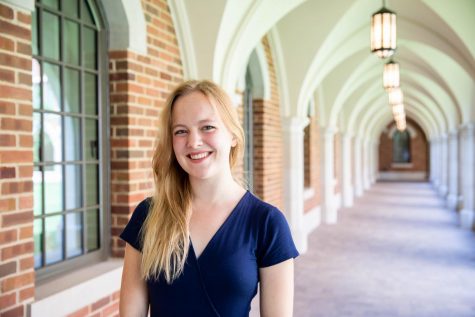Come September, students, faculty and staff will have the opportunity to explore virtual reality and artificial intelligence technology in the new emerging technology makerspace in the Wond’ry. The new lab will be the third makerspace in the Wond’ry, and will focus not only on teaching how to use and develop the technology, but exploring the ways in which it can be used across disciplines through partnerships with professors and community members across fields.
“I think it made total sense for us to not only have our current makerspaces, which one is our traditional makerspace, the other is our electronics makerspace, but to constantly add and update and create other makerspaces and other ways for students to engage with technology,” Robert Grajewski, executive director of the Wond’ry said. “Ultimately, having an emerging technology lab makerspace in the Wond’ry made complete sense to provide to our students, faculty and staff, our entire constituent base, a place where they can engage with the latest, greatest and most innovative technologies.”
According to Grajewski, work on the lab began last year as students, faculty and staff expressed their interest in learning more about VR technology. While having an emerging technology space was always part of the center’s strategic plan, it was the push from community members that jumpstarted the process.
“When we were thinking about ways to expand, we met with a number of faculty, students and staff about their interest in virtual reality, augmented reality, machine learning, artificial intelligence and this technology only further confirmed our desire and interest to ultimately pursue the creation of this lab,” Grajewski said. “It affirmed to us that they would really like to create this lab and engage with it and once it was built they would totally use it, so when we heard about that it was just something that made complete sense to us.”
The lab will operate like the two other makerspaces currently open in the Wond’ry, with faculty and community members offering office hours and hosting workshops relevant to the work that can be done in the space. Additionally, the spaces can be used to enhance curriculum and provide professors with resources for incorporating VR into their own classes.
“Faculty from biomedical engineering to computer science to HOD to even arts and music have come in and used the [other] makerspaces to further enhance their class learning and to provide experiential experiences and immersive experiences for the students and we completely foresee classes coming in and using this makerspace,” Grajewski said. “We see this as an opportunity for faculty to come in and understand and learn about technologies to start letting percolate in their mind new ways of delivering how we learn and methods of teaching.”
Ole Molvig, Assistant Director Vanderbilt Institute for Digital Learning and Assistant Professor of History, was part of the team involved in creating the lab. He said that the space was designed to be accessible and open to all, regardless of prior knowledge.
“I’m hoping to have it aimed for those who’ve never touched the equipment at all and for those who want to make and develop in that space so that’s kind of going to have two prongs to it,” Molvig said. “One is first contact, like this is what it looks like and those will be as easy to use as possible, probably focusing on gaming, and then there will be displays for user generated content, things that people have made themselves.”
By catering to all skill levels, Grajewski hopes people from all different backgrounds, whether that’s technology, business, law, the arts or anything else will be able to learn how to use VR and other emerging technologies in their own fields. The Wond’ry, he says, is the ideal place to make these interdisciplinary “creative collisions” happen.
“We’re probably one of the few universities that provides this kind of exposure to its students, and it’s faculty and its staff, to this emerging technology in such an easy way,” Grajewski said. “Very few universities, if any other than Vanderbilt, offer this kind of cool emerging tech lab to their constituent base.”



